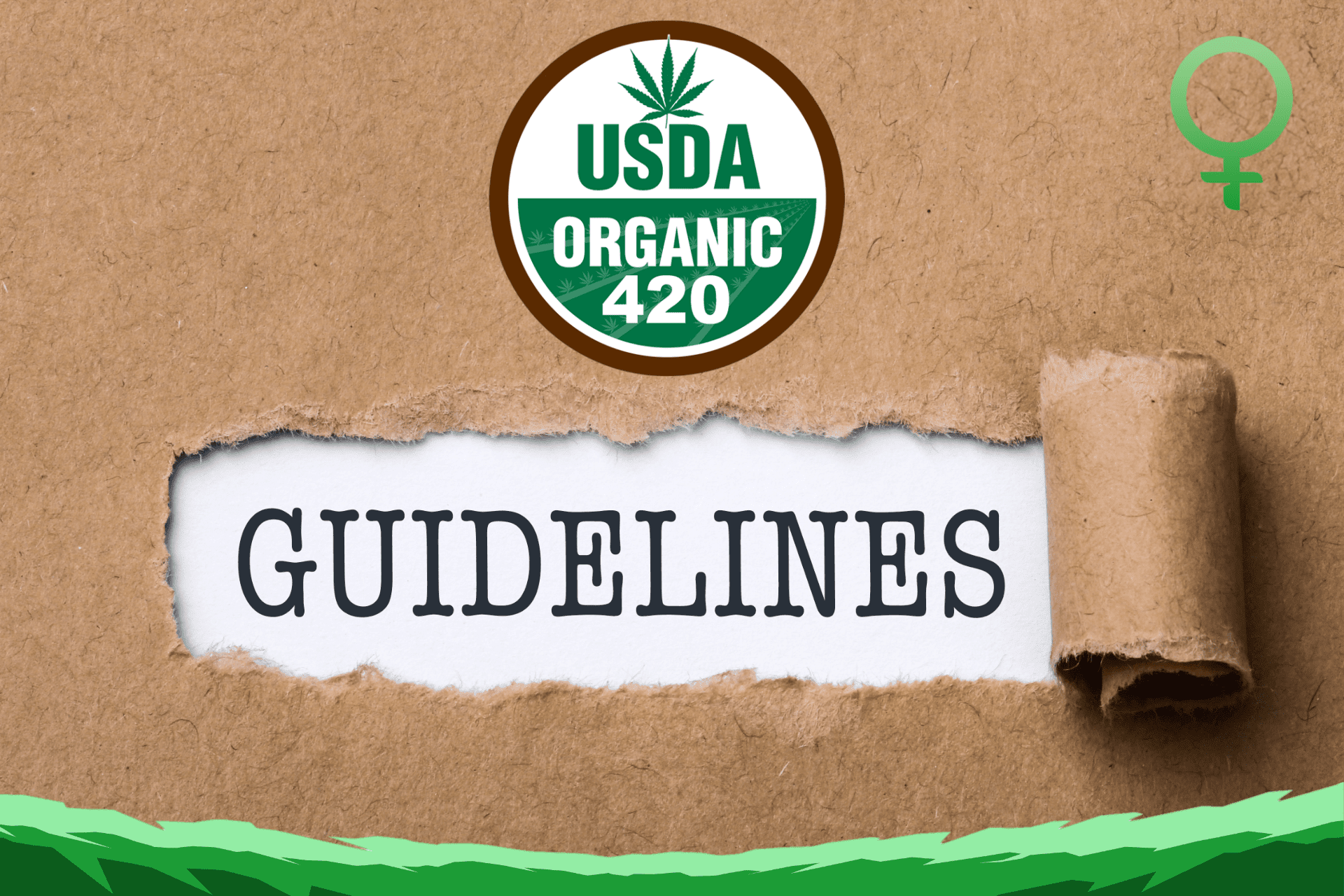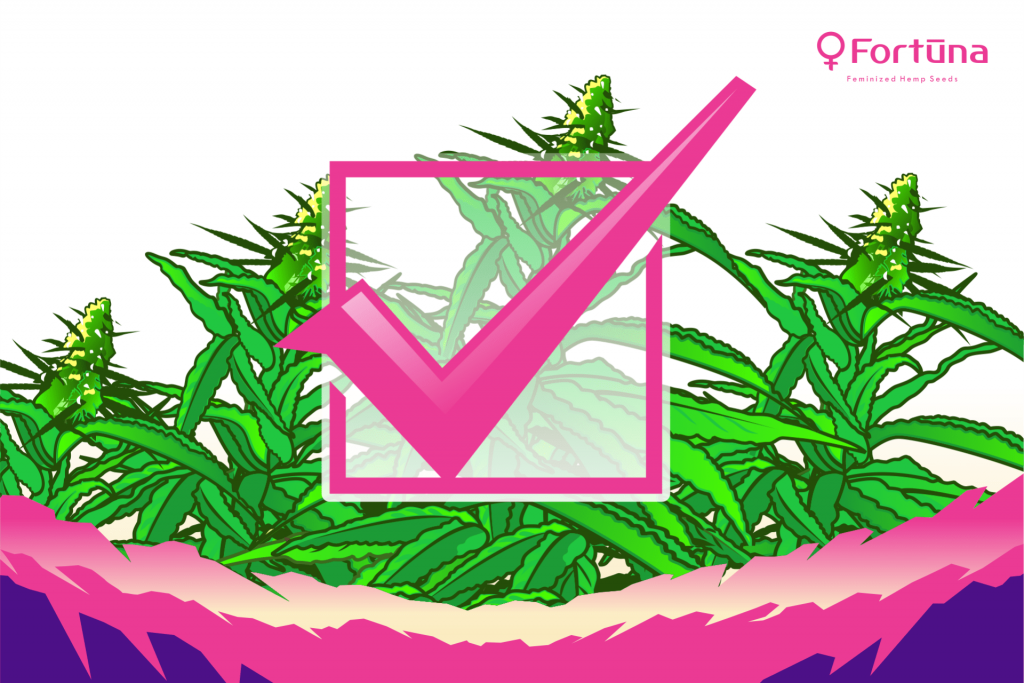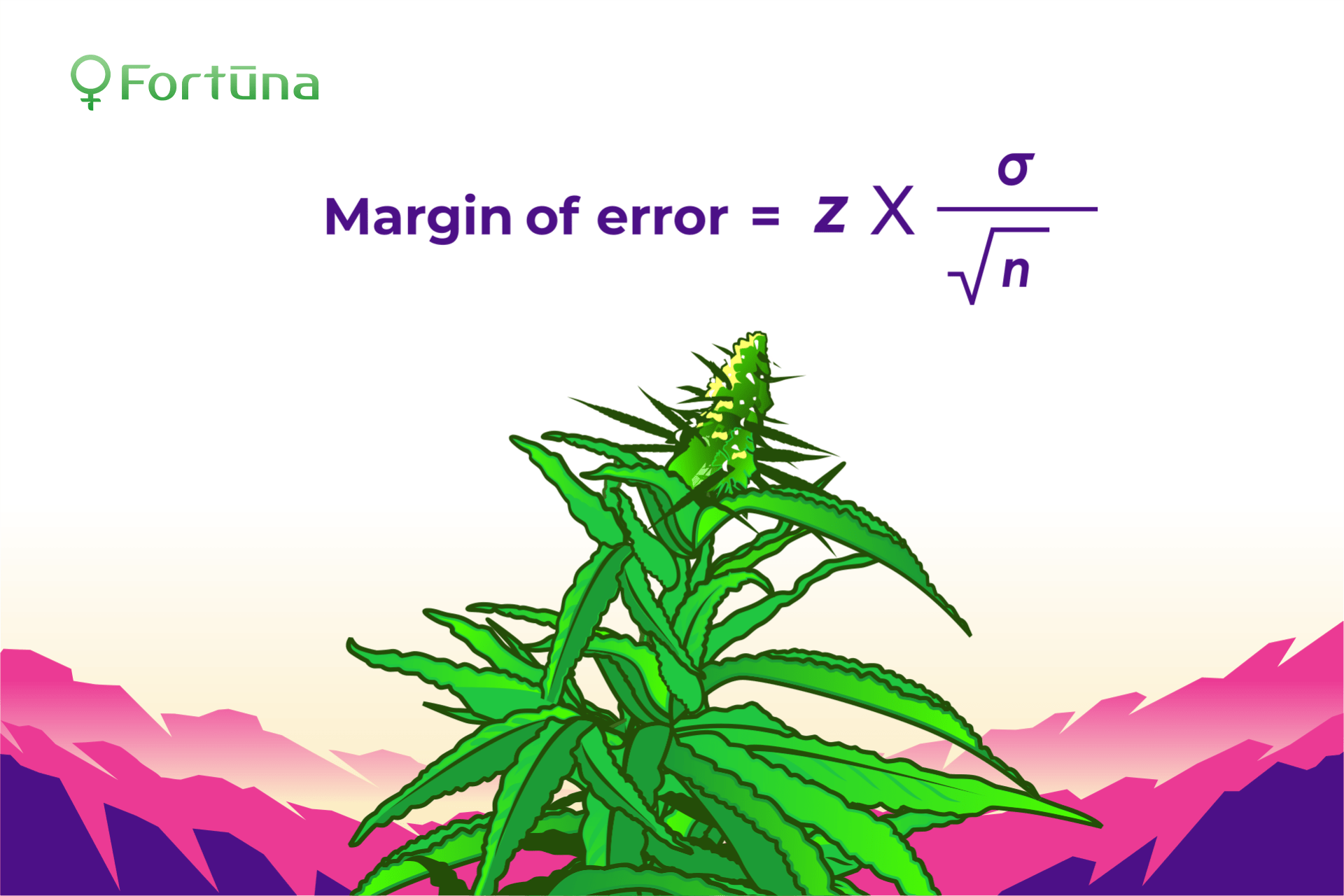
- Hemp Farming
-
by gu
The USDA’s hemp farming rules are, for the most part, a promising sign that the US government is keeping its word regarding national hemp cultivation. Indeed, the United States Department of Agriculture understands the value of domestic hemp cultivation and works hard to maintain its dedication to the prosperity of American farmers. This is not to say that the rules are perfect or in need of modification. Still, it does prove that federal legislatures support hemp cultivation for both research and commercial purposes.
Summarizing the USDA’s New Hemp Farming Rules
The 2018 Farm Bill amended the Agricultural Marketing Act of 1946 by removing hemp from the list of controlled substances. Up until that point, hemp was considered “marijuana” and, thus, illegal at a federal level. Except for a few states operating under the 2014 Farm Bill (which allows hemp cultivation for research purposes only), the 2018 Farm Bill opened opportunities for hemp farmers nation-wide.
However, for nation-wide hemp cultivation to be feasible, the federal government must get involved. And, because hemp is an agricultural commodity, the US Department of Agriculture (USDA) is an obvious solution. However, hemp may still produce trace amounts of THC, the psychoactive component found in cannabis varieties. Because THC is still a Schedule I substance (and, thus, federally illegal), the US Drug Enforcement Agency (DEA) must also be involved in federal hemp cultivation. This is an important consideration which we will address later in this article.
To appease the need for federal hemp production standards, the USDA recently issued a set of interim rules governing hemp production. The USDA rules provide cultivation and testing standards for states and tribes not otherwise governed by the 2014 Farm Bill. Included in these rules are the steps necessary for states and tribes to submit plans to regulate their hemp production. Additionally, states or territories now ruled by approved plans now have a framework through which to operate.
At more than 150 pages in length, the USDA’s new hemp rules cover many detailed provisions. Of these, two provisions are particularly notable: sampling and testing procedures and the enforcement of rule violations.

Sampling and Testing
The new USDA rules require that hemp crops are tested within 15 days of harvest by a DEA-registered lab. Samples must be taken from the top two inches of a flowering hemp plant to determine the “total potential THC” of a hemp crop. To be clear, “total potential” includes both THC and 87.7 percent of pre-decarboxylated THCa. THC levels are based on a dry weight basis and must be below .3 percent plus or minus a pre-determined distribution range (i.e., a level of uncertainty).
Crops that test below .3 percent total potential THC are federally compliant and thus eligible for distribution. However, plants that test above the .3 percent THC threshold are considered “hot crops” and require disposal according to all proper procedures.
Concerns Regarding the USDA’s Hemp Sampling
Due to the stark legal difference between hemp and “marijuana,” the USDA must ensure that hemp farmers do not produce “marijuana” crops. Hence, the importance of hemp crop testing. However, the USDA’s new rules pose a significant concern for farmers. Those who wish to remain compliant must abide by these proposed rules or risk severe federal penalties however realistic they might be. This is a problem because these rules aren’t very realistic at all.
For example, the proposed rules state that samples must come from the top two inches of a flowering female hemp plant. Because the top portion of the main cola produces the densest cannabinoid levels, this small sample is not a realistic measure of the whole crop’ THC contents. To illustrate: it is not reasonable to expect a farmer to harvest only the two few inches of his or her crop for processing. Most often, farmers process the whole plant for distribution. Hence, a more realistic sample size might be the top eight to 12 inches of a female hemp plant, not the top two inches. By testing only the top two inches, many hemp farmers risk a “hot crop” label and thus a total seasonal loss.
The USDA’s Hemp Testing Rules are Not Feasible
The new rules also stipulate that farmers test crops within 15 days of harvest. However, this window is much too short and does not allow farmers to account for unforeseen harvest delays. By extending this window to include a full 30 days, farmers can plan their harvest and processing procedures against weather conditions and limited labor resources. Hence, a more extended testing period could improve the likelihood that hemp farmers will be profitable in the market.
This brings us to our third concern regarding crop sampling and testing. The USDA insists that farmers test crops through DEA-registered labs. However, there is a limited number of DEA-accredited laboratories. Hence, this rule will likely cause a bottleneck in testing, which, once again, poses a considerable concern for hemp farmers who must abide by the whims of Mother Nature and her sometimes unpredictable weather conditions. Hence, DEA-only testing increases the likelihood of hot or non-consumable crops and a significant financial loss for farmers. A better option, therefore, would be third-party laboratory accreditation. This not only increases the number of samples a state could test in a given harvest season but also opens up more job opportunities for local testing labs and scientists.
Enforcement of Rule Violations
Farmers must destroy any hemp crop in violation of the maximum THC standard according to DEA and CSA regulations. Furthermore, the Controlled Substance Act stipulates that only authorized agents such as a DEA-registered reverse distributor can destroy hot crops.
Failure to properly dispose of hot crops or otherwise act negligently may result in fines. Additionally, farmers with hot crops must submit reports more regularly for at least two years following the infraction. Three violations within five years may result in ineligibility to participate in hemp cultivation programs. Culpable actions greater than negligence may result in barring from the whole program. Federal criminal convictions may also occur.
Concerns Regarding USDA Hemp Rule Enforcement
As you may notice, there is little room for hot crop remediation according to the USDA’s new hemp farming rules. Forcing farmers to destroy their crops is a devastating consequence for this already vulnerable demographic. This is especially true given that there are no options to remediate the failed crop. Furthermore, “hot crops” do not qualify for farm insurance, which means that the destruction of non-compliant hemp could force farmers into bankruptcy within a single year. Because of hemp’s wide range of applications, there is no reason to force the destruction of hemp crops. Instead, farmers should be allowed to repurpose non-compliant crops into fiber, building materials, animal bedding, and so on.
Moreover, it is unfair to force farmers to destroy their crops. This is especially true considering that the threshold is so low and unforgiving. Instead, there should be a higher THC threshold (one percent, for example) and measured solely by its delta-9 THC content instead of both real and potential THC. Because THCa is so volatile, using it to calculate “potential THC” is an unreliable measurement, anyway. Furthermore, unless grossly negligent, hemp farmers should not face federal prosecution should THC spikes occur.
Addressing USDA Hemp Farming Concerns Through Public Comment
Social media is astir with objections regarding the USDA’s new hemp farming rules. Online discussions are a great way to learn about these rules and their perceived problems. However, they alone will not spark the change that hemp farmers need to be successful.
That’s not to say that there is nothing we can do, though. On the contrary, in fact. The USDA wants to know what farmers and hemp industry professionals think of these rules. They are open to public comment until December 30, 2019, and we encourage everyone to participate.
However, if the USDA is to be receptive to public comment, they must be polite and must offer solutions to these perceived concerns. Personal narratives from hemp farmers and industry experts are incredibly compelling, especially if they contain actual numbers and stats. Therefore, we recommend people start all comments by outlining their credentials then using statistics to back their concerns. We also recommend suggesting a solution for each concern addressed and concluding with a summary of proposed action steps. Lastly, always sign off with a cordial dismissal.
Final Thoughts Regarding USDA Hemp Farming Rules
The USDA’s new hemp farming rules are concerning to many. Fortunately, there is power in numbers. Now is the time we can come together as a community to discuss our concerns and offer reasonable solutions. Please leave a public comment for the USDA regarding their new rules before the December 30 deadline.
We are in this together and together we will win.
Contact us to learn more about hemp farming or the new USDA hemp farming rules.



